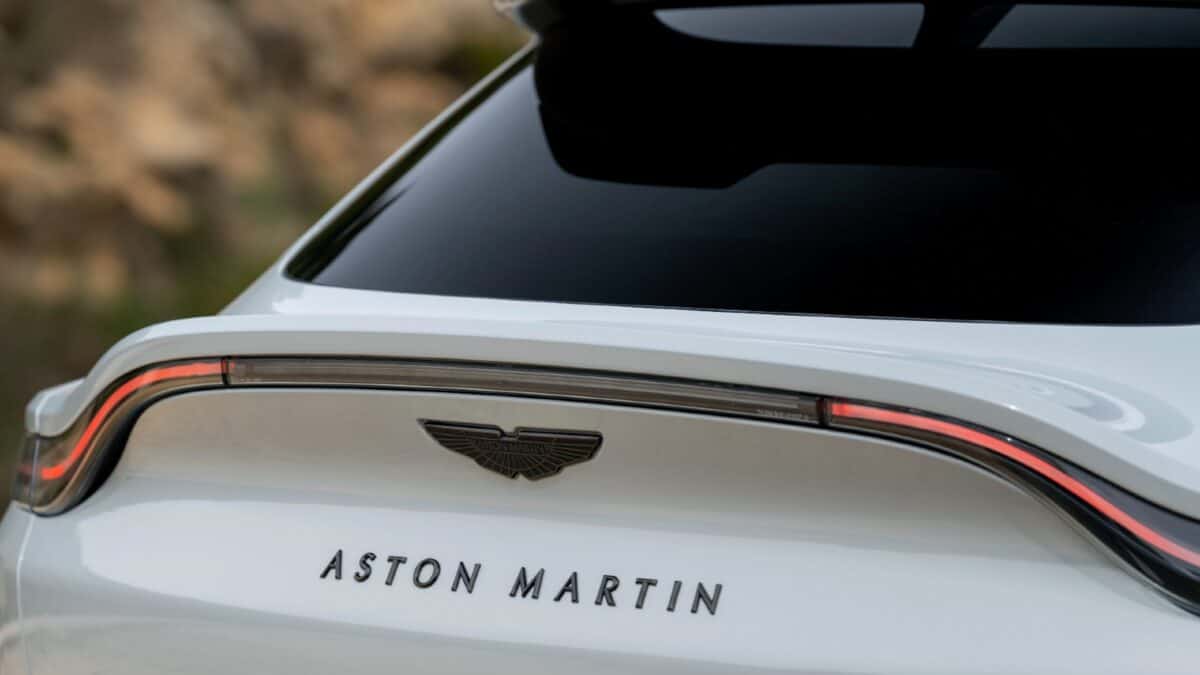Shares in FTSE 250 luxury car manufacturer Aston Martin (LSE: AML) have fallen faster this year than James Bond can knock back a Vesper martini.
The question for me is whether they can bounce back from misfortune as readily as the superspy inextricably associated with its cars always does.
The big hit to the share price
In a 30 September trading update, the stock dropped 24% as the firm reduced its full-year 2024 sales guidance by 1,000 units. It had previously forecast high single-digit volume growth.
Should you invest £1,000 in Games Workshop right now?
When investing expert Mark Rogers has a stock tip, it can pay to listen. After all, the flagship Motley Fool Share Advisor newsletter he has run for nearly a decade has provided thousands of paying members with top stock recommendations from the UK and US markets. And right now, Mark thinks there are 6 standout stocks that investors should consider buying. Want to see if Games Workshop made the list?
The firm cited supply chain disruptions and continued economic weakness in China as the key reasons for this change.
It also warned that 2024’s adjusted earnings before interest, taxes, depreciation, and amortisation margin will be in the high-teens percentage. It was in the low 20% before.
And it flagged that H2 2024’s free cash flow would remain negative, rather than turn positive, as previously expected.
Positive Q3 results?
Given these dire predictions, I was surprised to see some significant positives in the Q3 numbers released on 30 October.
Total wholesale volume was up 14% year on year to 1,641 units. This reflected the introduction of the new Vantage and DBX707 models at the end of Q2, alongside the established DB12.
The company said it intends to keep increasing production of these new vehicles throughout Q4. It will also continue with the roll-out of the new 5.2-litre twin-turbo V12 flagship Vanquish, which has earned rave reviews.
As of the end of Q3, Aston Martin’s order book had extended into Q1 2025.
All this helped reduce its loss for Q3 to £12.2m from £117.6m in Q3 2023. Over the first three quarters this year, the loss had fallen by 12% — to £228.9m.
The company reiterated its updated guidance given on 30 September.
Are the shares undervalued?
My starting point in ascertaining whether the stock is undervalued is comparing its key price measurements with those of other comparable firms. On the price-to-book ratio (P/B) it trades at 1.2 against an average of 5.9 for its competitor group. On the bare figures, the firm appears undervalued on this measure.
However, the result here is skewed by Ferrari with a P/B of 22. The remainder of the group averages 0.5, which makes Aston Martin look at the overvalued end.
The rest of this group comprises Stellantis (owner of the Maserati and Alfa Romeo marques, among others) at 0.4, BMW at 0.5, and Mercedes-Benz at 0.6.
The same valuation skewing is evident on the price-to-sales (P/S) measure as well. Ferrari is at 11.4, with Aston Martin second from top again at 0.6. The remaining three firms have an average P/S of just 0.3. I would have to say that if anything, the UK firm looks overvalued here as well.
Will I buy the stock?
US President-elect Donald Trump has already said he intends to increase tariffs on China. This is likely to prolong the current supply chain issues involving the country and remains a double risk for Aston Martin.
It could continue to delay the firm’s planned production rises. And it might also reduce demand for its cars in one of its key target markets.
Consequently, although I love the cars, I will not be buying the shares for the time being.








